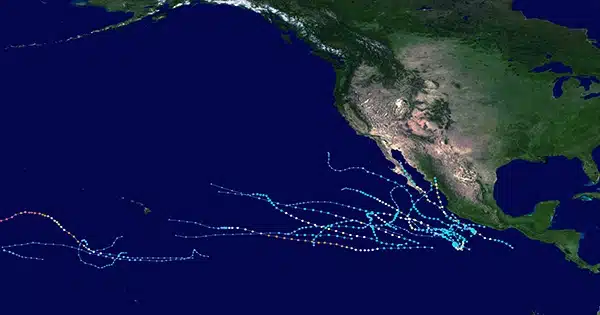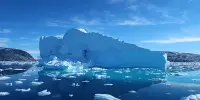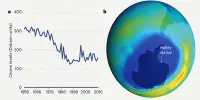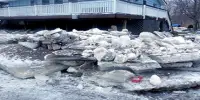The western Pacific saw El Nio-like conditions from 1630 to 1900, suggesting that the phenomena set to disrupt global weather is not necessarily transitory. The discovery also serves as a reminder of how Eurocentric perceptions of historical climatic patterns might lead us astray.
El Nios have a global impact on weather, but their main feature is a weakening or reversal of the regular pattern of warmer seas in the western Pacific than in the east. El Nios, as we know them, typically endure 9-12 months, but comparable tendencies can recur – albeit less strongly – over far longer time periods.
According to a recent article, sediment cores from Lake Bulusan in the Philippines show that the second half of the Little Ice Age, or 1630 to 1900, was marked by a protracted El Nio-like condition.
The Little Ice Age (LIA) was named because Europe experienced freezing weather, which were notably illustrated by frost fairs on the frozen River Thames. The opposite side of the North Atlantic had similar frigid temperatures, according to Greenland ice core data.
The time frame is Exhibit A in those who reject climate change and argue that the current warming is a result of nature. Despite the fact that global warming is undoubtedly a reality today, it probably wasn’t during the LIA. Most of the world lacks temperature records for the majority of the time, and proxies like tree rings and lake sediments are biased toward a small number of places.
A team lead by Dr. Ana Prohaska of the University of Copenhagen collected sediments from Lake Bulusan in the Philippines spanning 1,400 years in an effort to address that. Wax from washed-up leaves contains stable hydrogen isotopes that can be used to determine rainfall during a leaf’s growth cycle, particularly in the fall.
Autumn rainfall fell substantially from 1600 to 1650 and remained low until 1900. The study attributed this to a prolonged change in variations in sea surface temperatures between the east and west Pacific, referred to as “zonal gradients” by climatologists.
The shift does not imply that the Pacific has been trapped in a perpetual El Nio for the past two and a half centuries. Instead, relative to today, baseline circumstances were changed in that direction, with swings on yearly and decadal timeframes, much as even a scorching summer can have a few cool days.
“Our study provides compelling evidence for the intricate relationship between zonal gradients in sea surface temperature and hydrological patterns in the tropical Pacific,” stated Prohaska.
It remains to be seen how far this zonal gradient shift spreads. However, as the world’s largest ocean, what happens in the Pacific usually has a global impact, and El Nios can have disastrous ramifications thousands of miles away.
The scientists do not know how probable it is that such a persistent shift to El Nio-like conditions will occur again. It was once expected that human global warming would make El Nios more regular and intense, but recent decades have cast doubt on the latter.
But at the very least, research like this might give us insight into how the western Pacific will probably react to shifting climatic conditions. It will also speed up the gradual process of removing the North Atlantic coastlines from consideration when discussing the climate of the previous millennium.













